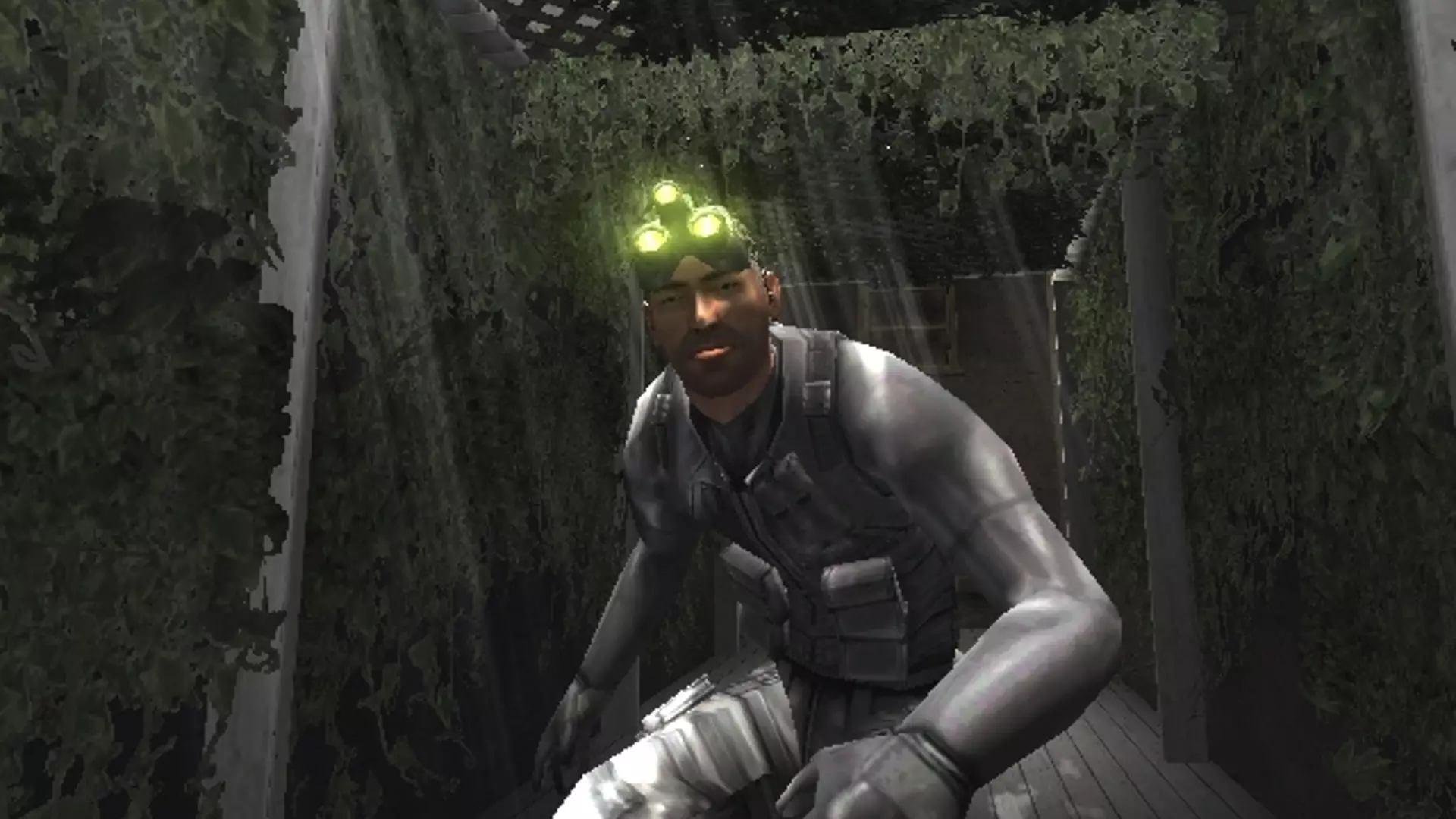Released in a transformative period of gaming, “Splinter Cell: Chaos Theory” emerged as a defining title that showcased the pinnacle of graphical capabilities of its time. Clint Hocking, the game’s creative director, highlighted that the development team maximized the potential of the existing technology. The ambition behind Chaos Theory was relentless; Hocking remarked that they couldn’t extract any more power from the hardware, which speaks volumes about the game’s intricate design and immersive experience. Such dedication not only illustrated the developers’ technical prowess but also underscored the importance of innovation in video game storytelling.
The Genesis of a New Era
Hocking also placed notable emphasis on the importance of the original Xbox in ushering a “paradigm shift in rendering technology.” Released long after the PlayStation 2 and following the ill-fated Sega Dreamcast, the Xbox opened doors to previously unimagined graphics and gameplay dynamics. This shift laid the groundwork for future gaming experiences and captured the imaginations of players. Chaos Theory represented this evolution, delivering a richly detailed world where shadows and light played crucial roles in gameplay mechanics, elevating the stealth genre to a new pedestal.
Pushing Boundaries
With “Chaos Theory,” Ubisoft didn’t just ride the tide of technological advancements; they surged ahead with them. Developers often face the daunting challenge of fully harnessing the hardware’s capabilities, and Chaos Theory exemplified success in this regard. The game’s sophisticated AI, coupled with realistic environmental interactions, brought a level of nuance that had seldom been seen before. Players weren’t merely executing missions; they were engaging in intricate dances with digital foes, seamlessly maneuvering through shadows and using the environment to their advantage. This careful crafting demanded not just technical skill but also a deep understanding of player psychology and game strategy.
The Xbox Advantage
Interestingly, the game’s performance varied across platforms, with the Xbox version being heralded as the definitive experience. Critics and players alike noted that it achieved superior graphical fidelity and fluidity on Microsoft’s console. This disparity speaks volumes about the developers’ strategic focus and optimization for the Xbox, ultimately forging an unbreakable bond between the hardware and the game itself. Such a relationship is vital in the gaming realm where one can often feel constrained by the limitations of technology, yet “Chaos Theory” emerged victorious, consistently garnering high praise and top scores.
The Legacy
The impact of “Splinter Cell: Chaos Theory” transcends mere sales and reviews; it left an indelible mark on the stealth genre and gaming as a whole. Its commitment to excellence in design and narrative set a benchmark that inspires subsequent generations of developers to innovate. In a landscape where new titles often rush to market with inadequate ambition, Chaos Theory’s careful construction serves as a compelling reminder of the power of patience, technology, and artistry in game development. This title solidified its place not just in the annals of stealth gaming but also as a harbinger of what was yet to come in interactive entertainment.

